The Route to the Uyuni Salt Flats - Lagoons, Desert and Volcanoes
On our expedition through Bolivia to the Uyuni Salt Flats, we had the opportunity to experience many incredible landscapes. But if you think that the Flats is the only thing you can see around here, you are wrong. The most beautiful landscapes are also found around the largest salt flat in the world. We will now break down this experience in detail so that you too can see with your own eyes this sea of beauties here in South America.
Precautions
Most of the journey to the Flats is done at altitude and with intense thermal variations. At night it can reach -10 degrees, while during the day you can easily get annoyed by the heat. So stay hydrated, pack layers to wear and take off depending on the weather, and acclimatize before heading out. San Pedro de Atacama is a great choice if you're in Chile, like us. If you are coming via Bolivia, La Paz itself can help a little in the process.
If you are a person who is bothered by uncertainties think carefully before going. We had an excellent passage and reception, but the route to the Salar is far from being a City Tour.
How did we arrive
San Pedro de Atacama in Chile has numerous tours to Uyuni and that's how we did this route.
We didn't dare use our own car or that of the rental company because of the very high risk and the limited time we had. If you want to know, photograph and experience the Flats in 4 days, the tour may be the best option for you.
If you are thinking of going on a road trip and crossing the desert by motorcycle or car, this article will probably only help with photographic locations.
Bolivian Border and Eduardo Avaroa National Reserve
Here our journey began, as we left Chile very early (São Pedro de Atacama) towards the Bolivian border in a bus organized by the company we hired (Sajama Tours).
We left our car at the inn where we stayed (Araya Atacama) and in just over an hour we were already carrying out the border procedures without issues. I remember here for you to organize a backpack/suitcase with the essentials for the days you will be on the tour. Do not take consumables such as fruits, cold cuts, and other things that may be seized in the sanitary inspection. Take plenty of water. We took 6 liters and we could have taken a little more.
Once at the Bolivian border, you will be treated with an incredible view of Licancabur. Take the opportunity to take some uncommitted photographs while you wait, or even have breakfast.
When entering Bolivia, you will start to take a beating of landscapes. I had the idea of taking the front seat of the car and preparing the camera to take pictures from inside the car. At times, our driver, Wilson, would stop for us to take some pictures.
Eduardo Avaroa National Park is the region before Uyuni Salt Flats, and honestly, I thought it alone was worth the whole trip. Highlights here for Laguna Verde, Laguna Colorada, full of flamingos, and the numerous desert landscapes in the region with volcanoes in the background. We spent two days exploring this incredible region.
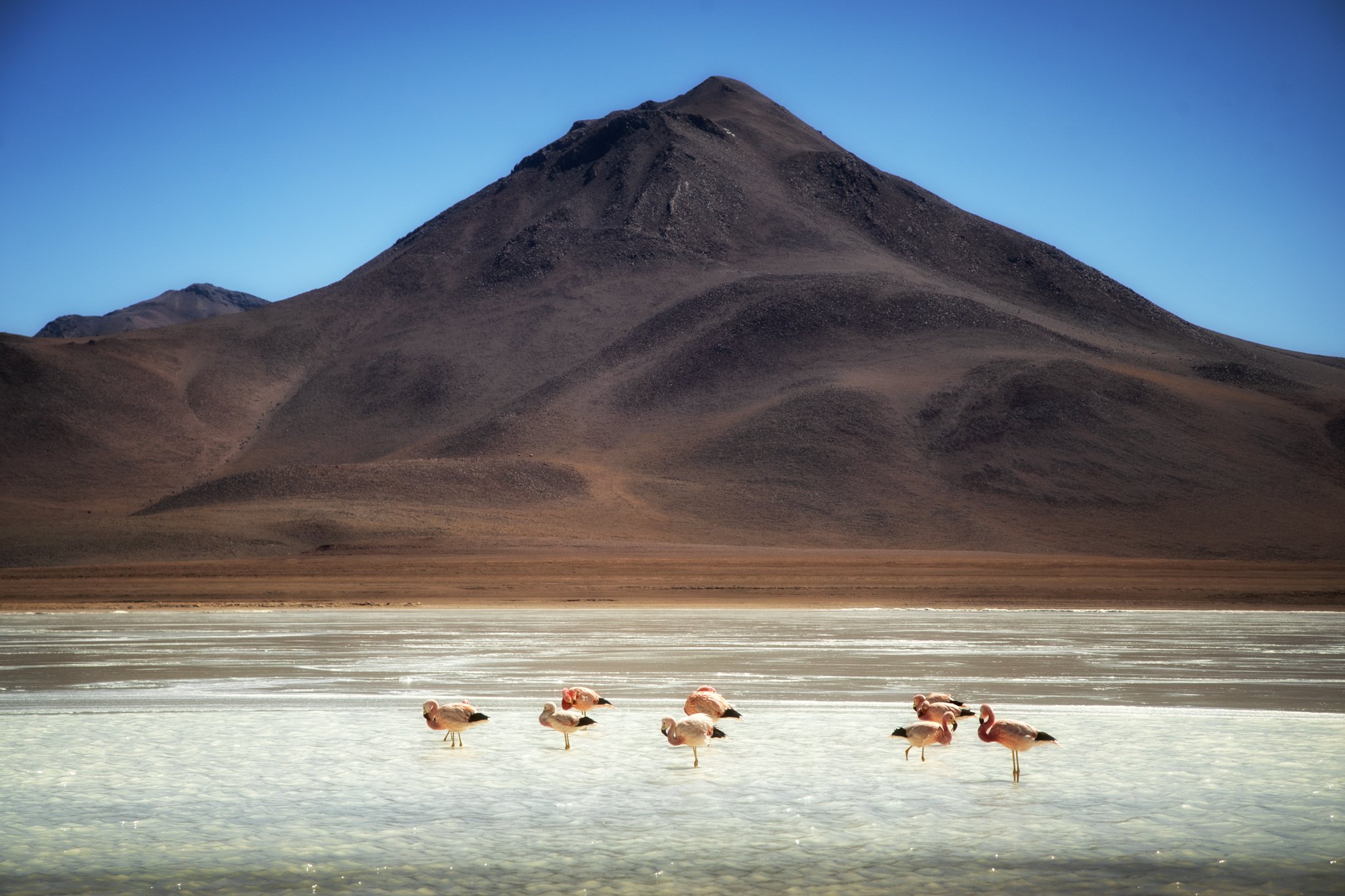
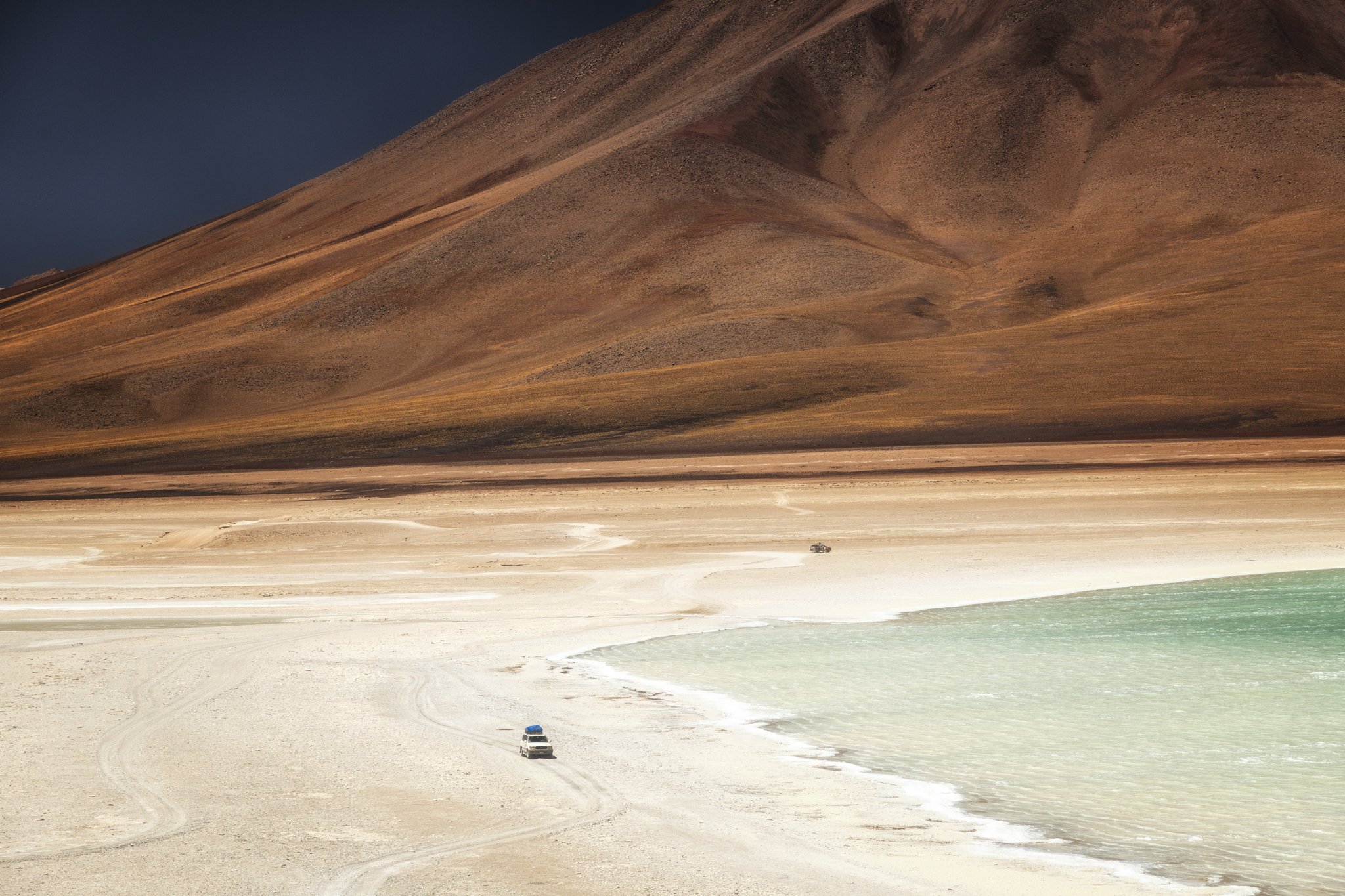
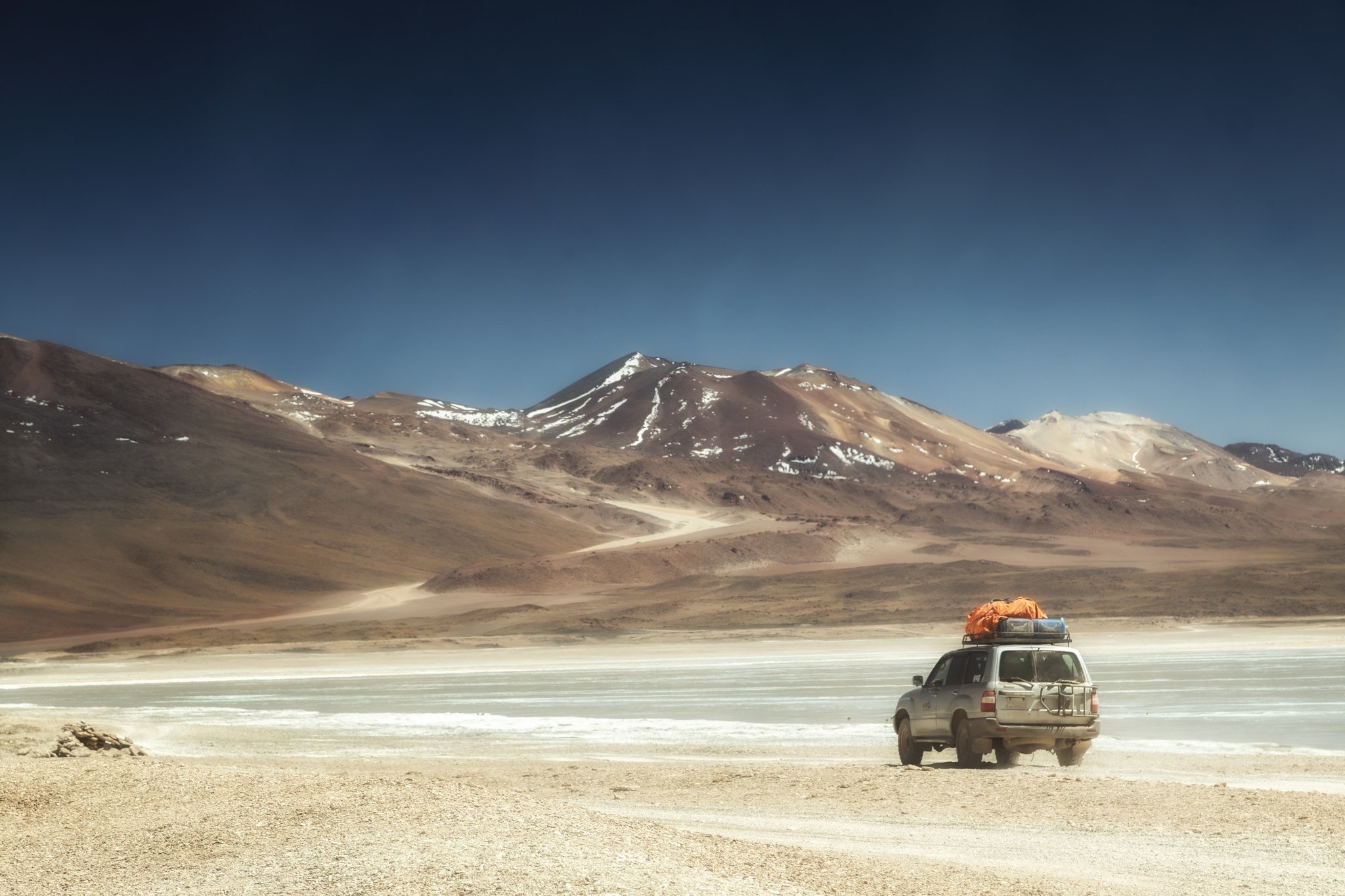

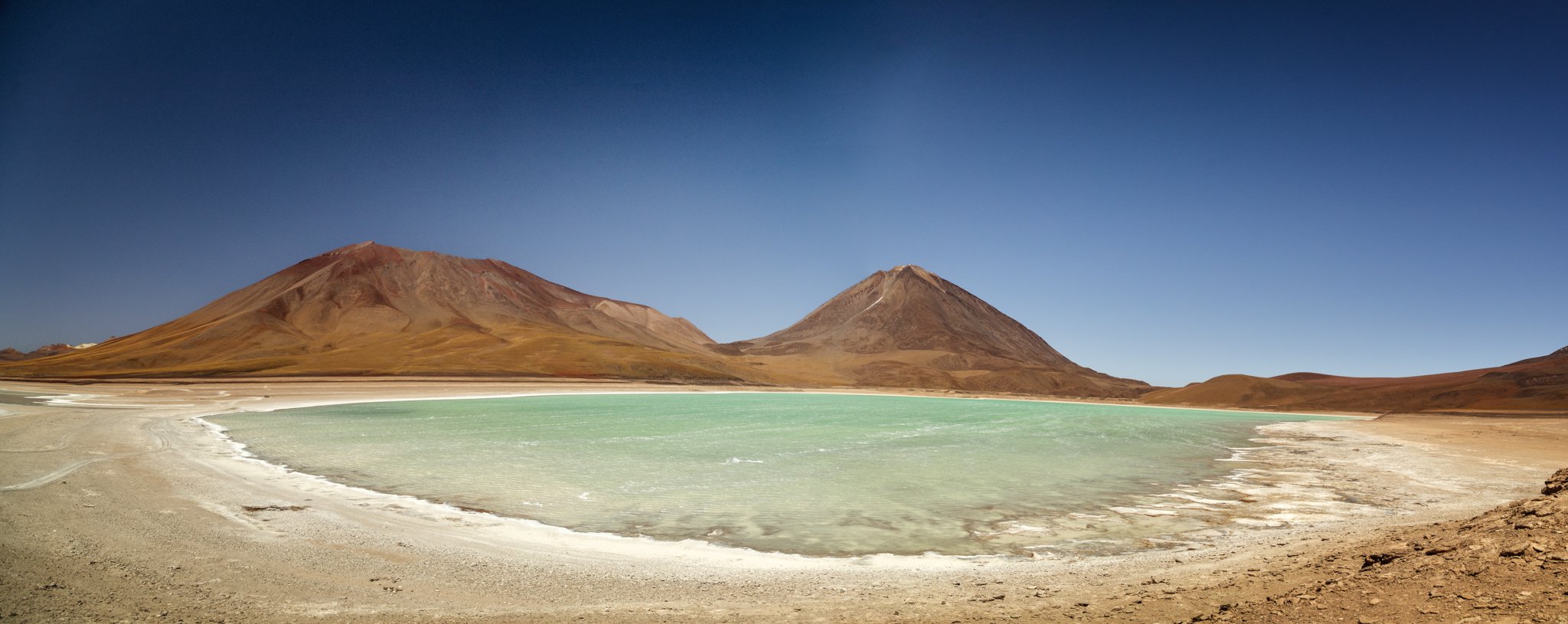
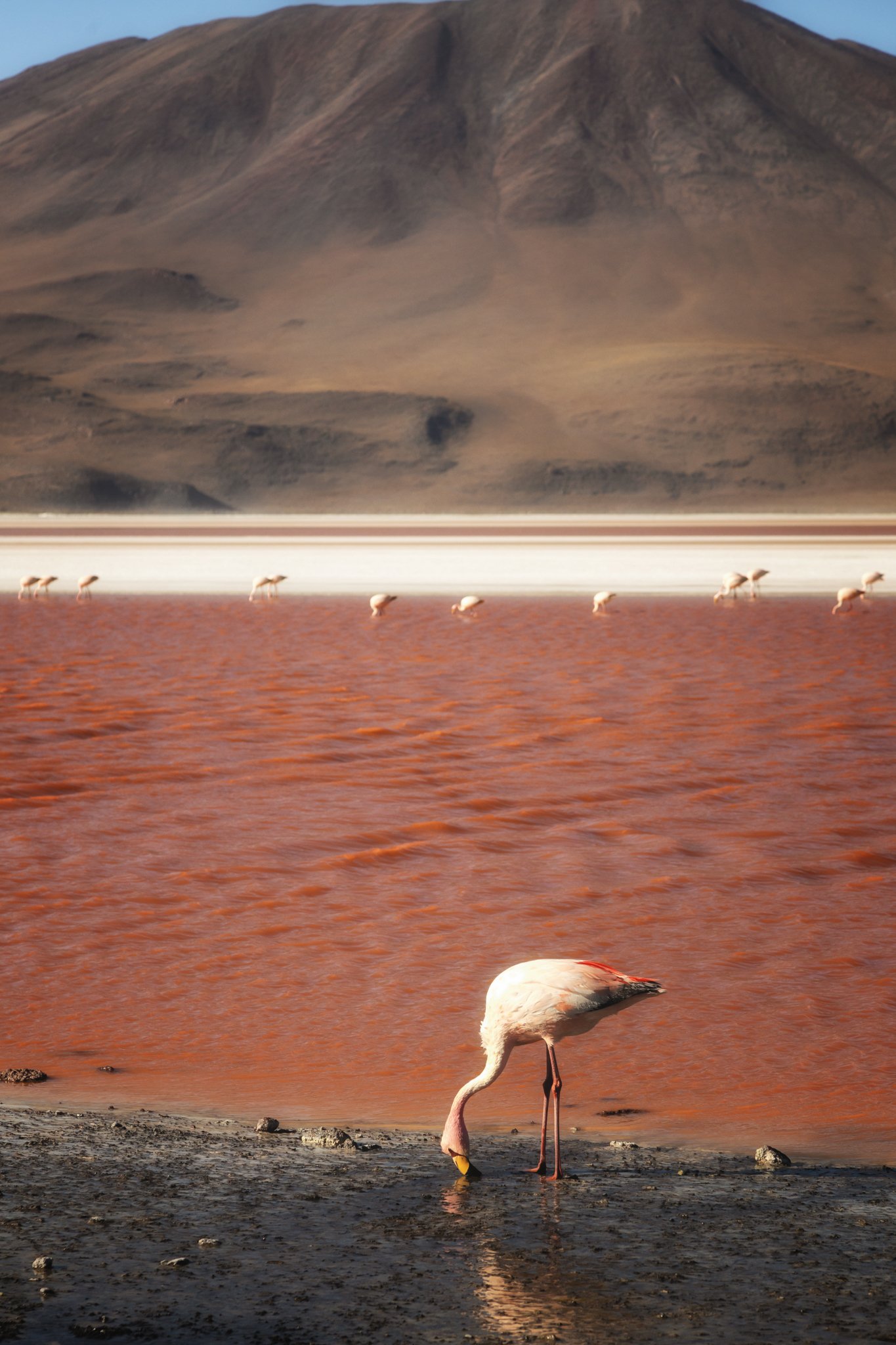
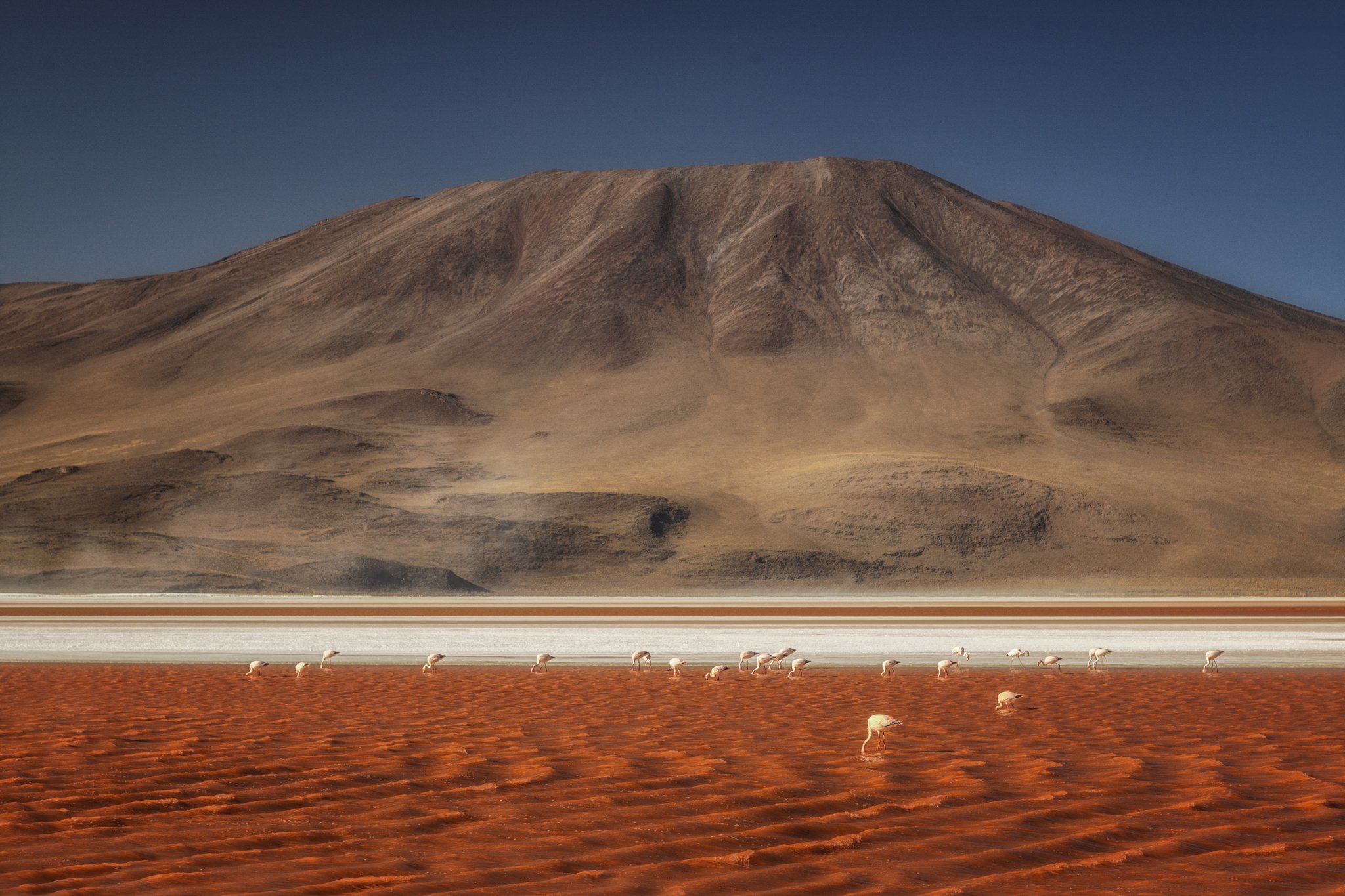
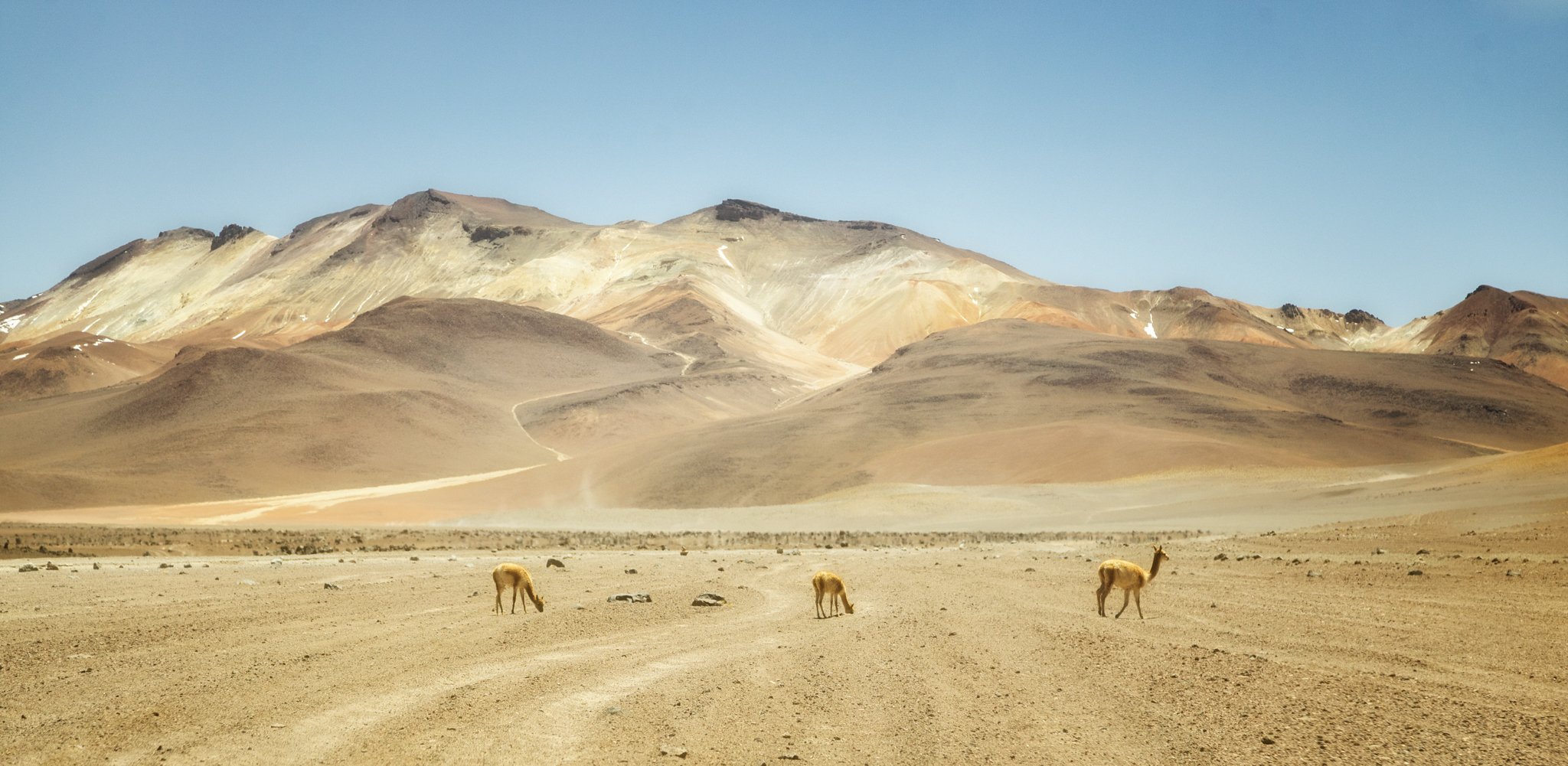
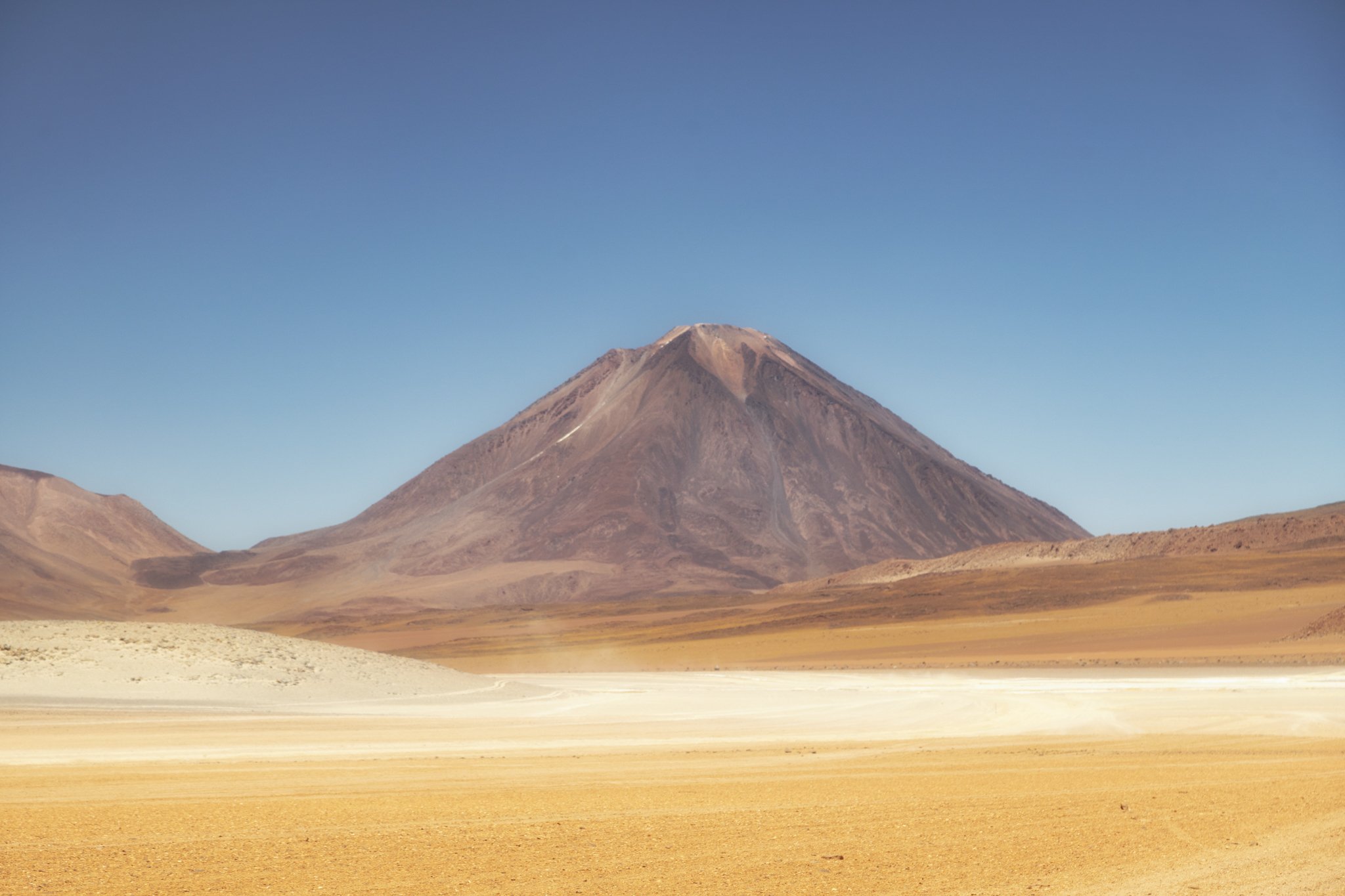
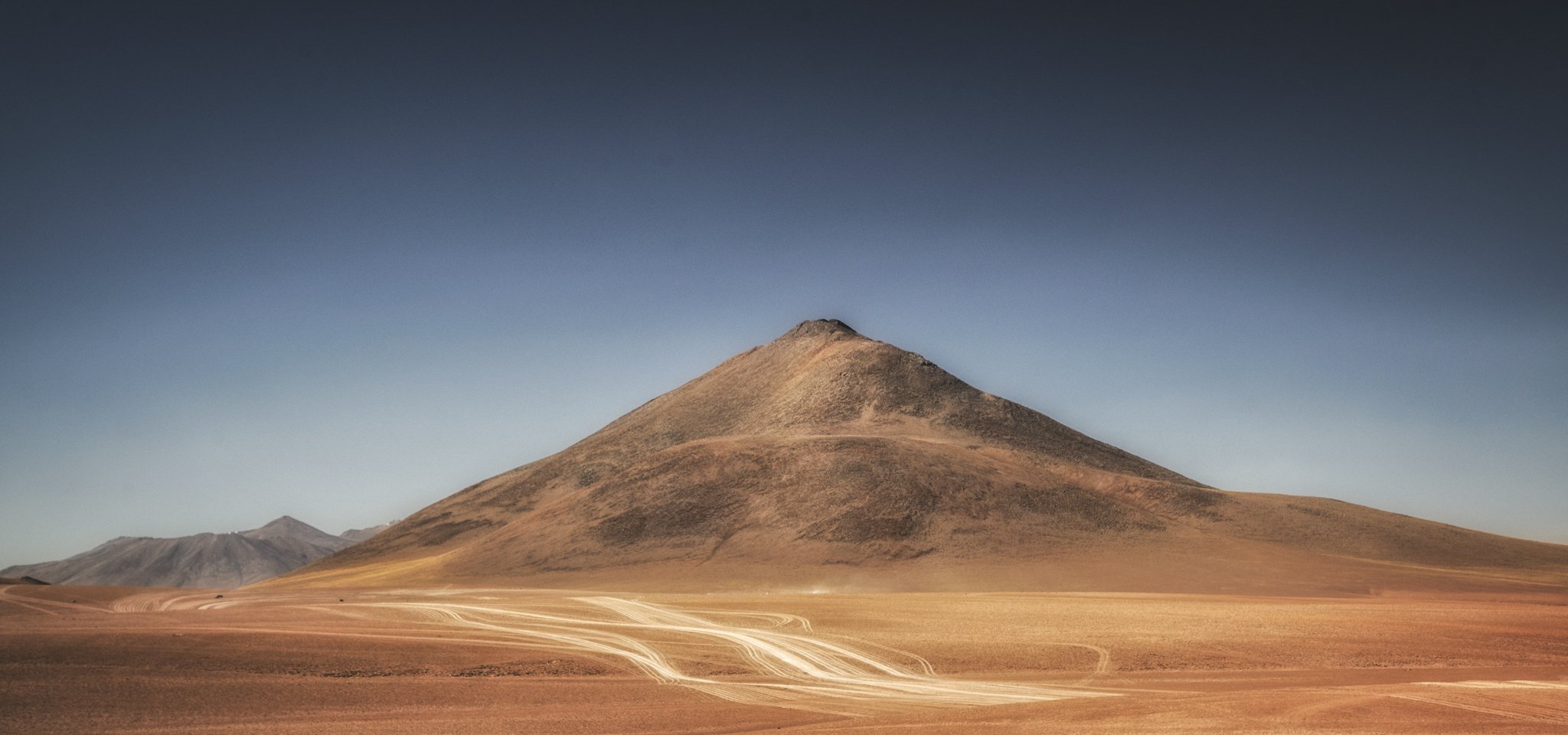

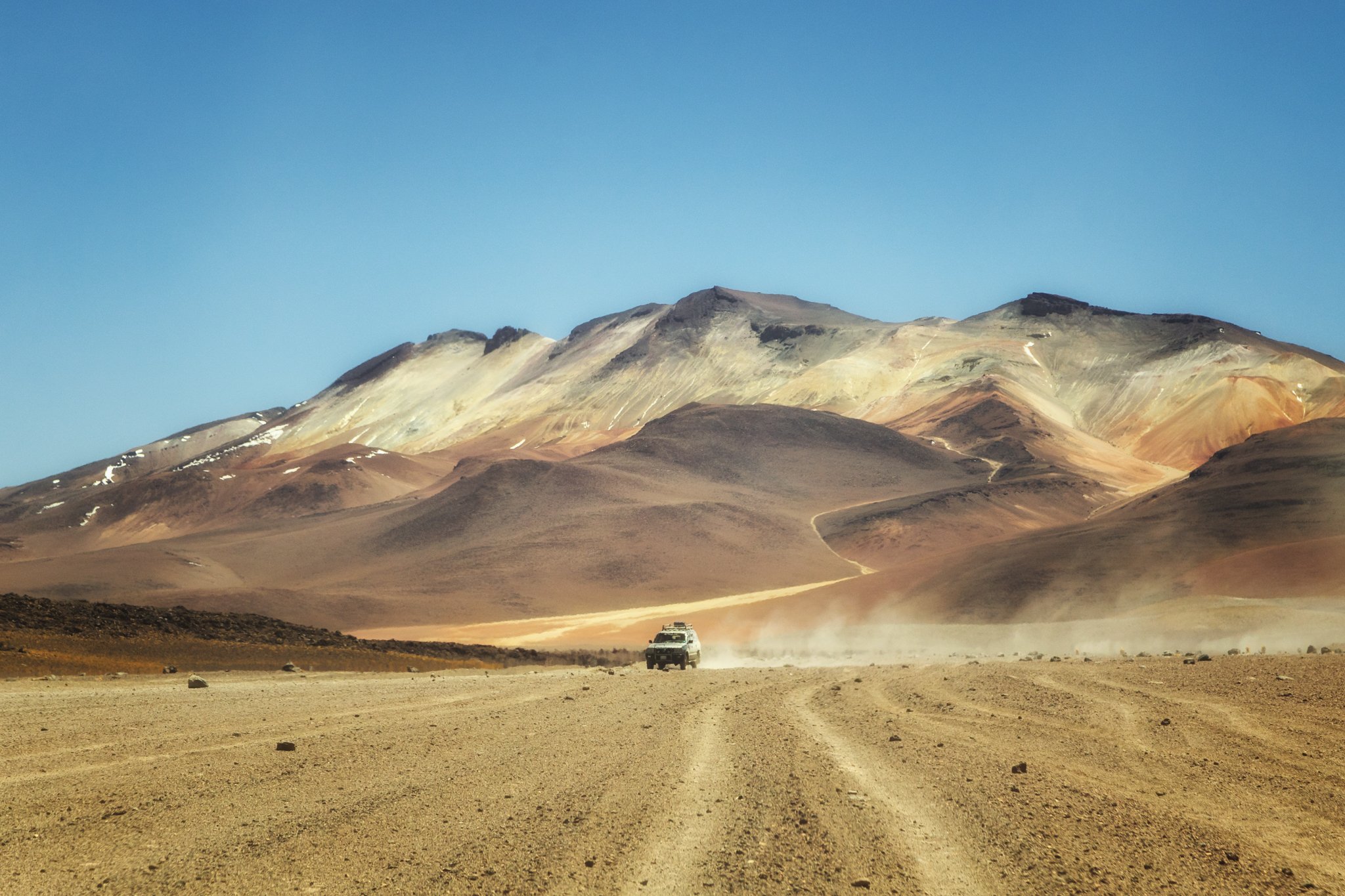
Tunupa SALT FLATS (Uyuni)
The Tunupa Salt Flats (Uyuni) is, of course, the Jewel in the Expedition's crown. Here we woke up VERY early to contemplate the sunrise over the Flats. Remembering that we were at the end of the dry season, so we didn't catch those large water mirrors that can form and are famous in some photos. However, there is nothing to downplay. At that time, the saline formations are beautiful in an immense game of geometries and natural formations.
A little later we leave for Incahuasi Island, an unbelievable formation on the salt desert, with cacti that can reach more than 10 meters in height. With the sun still rising, we enjoyed some idyllic scenes as we climbed to the top of the island to admire views of Tunupa Volcano.
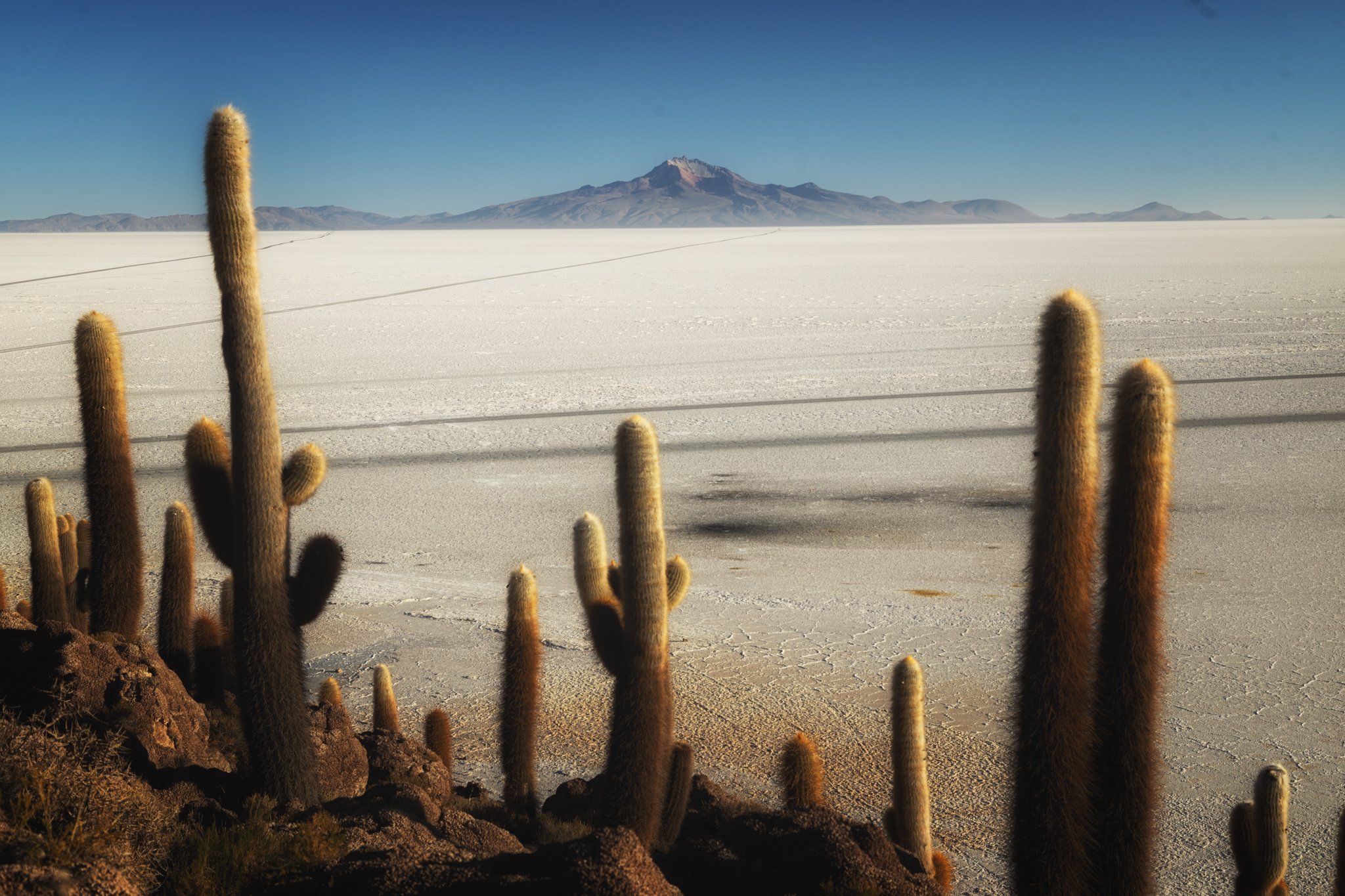
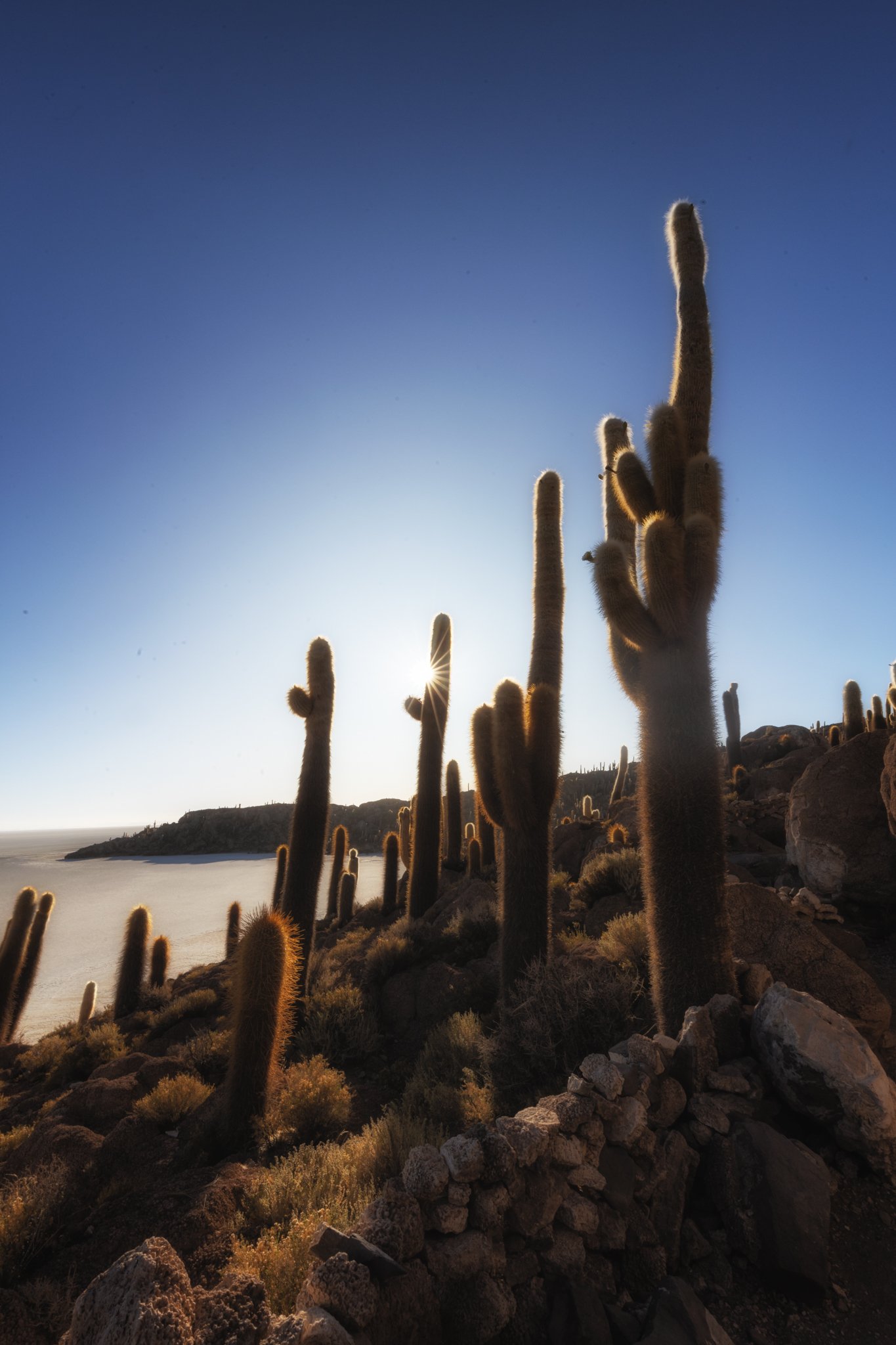
Here it is worth registering a local folklore: The Bolivian mountains are named after gods, and the volcanoes after goddesses. Tunupa was a goddess who married Kusku, but he ran away to be with Kusina. In mourning, Tunupa began to cry while breastfeeding her son. Her tears joined the milk and formed the Salar de Tunupa (Uyuni).
Here we have an incredible view of the goddess Tunupa and her Salar.
The return
After the third day, we had lunch in the city of Uyuni and returned very close to the starting point after saying goodbye to Wilson. We were led by another legend of the place, Mr. Mario, also called Super Mario. No wonder. His 4x4 skills are incredible in over 25 years of driving through the desert.
On the last (fourth) day, we woke up before sunrise and contemplated one of the most incredible road trips I've ever taken. With the sun rising, the landscapes of Bolivia unveiled a whole new beauty that I would certainly like to witness calmly, once again. We didn't stop to take pictures, but the photos from inside the car already testify this stunning journey by themselves.
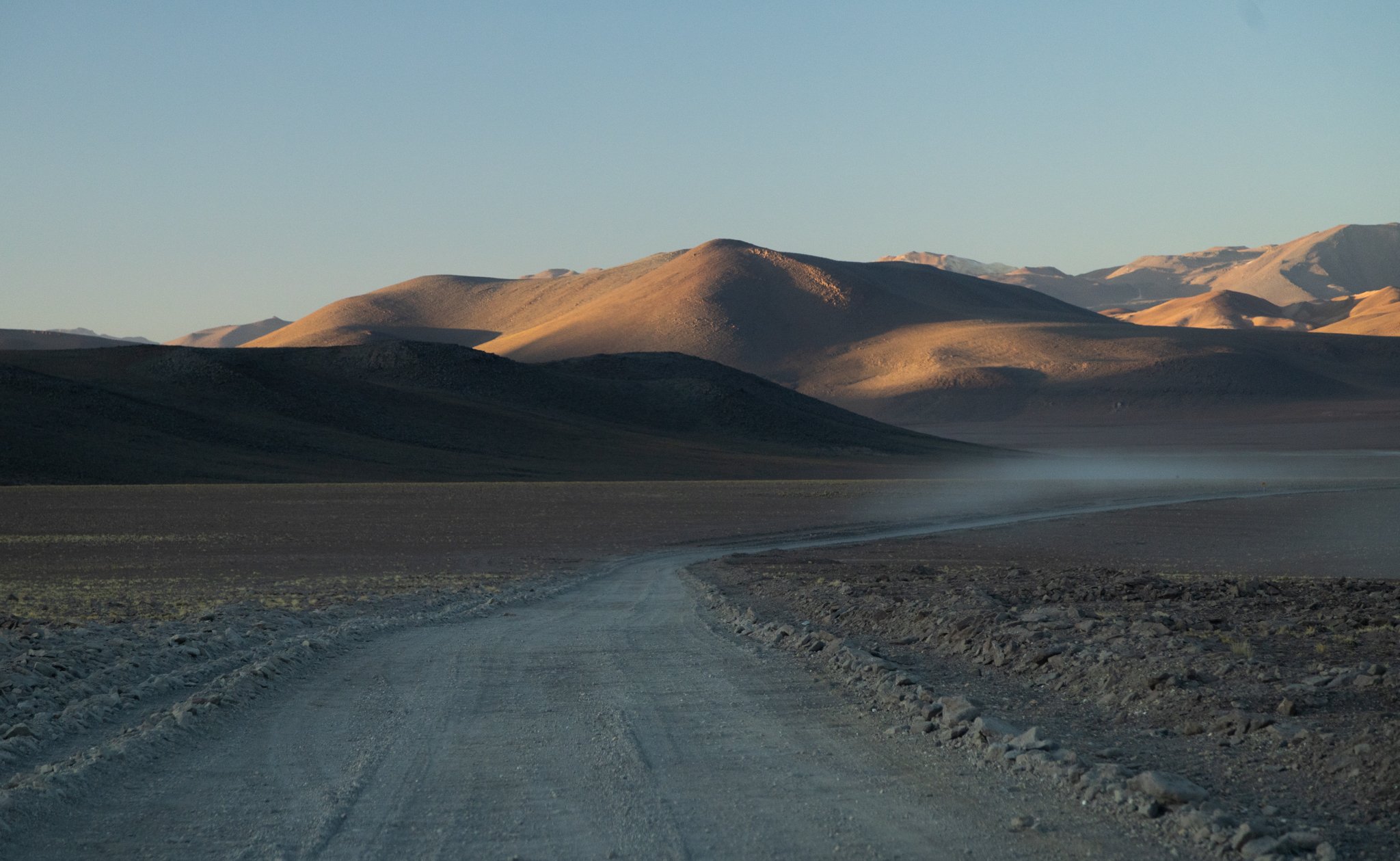
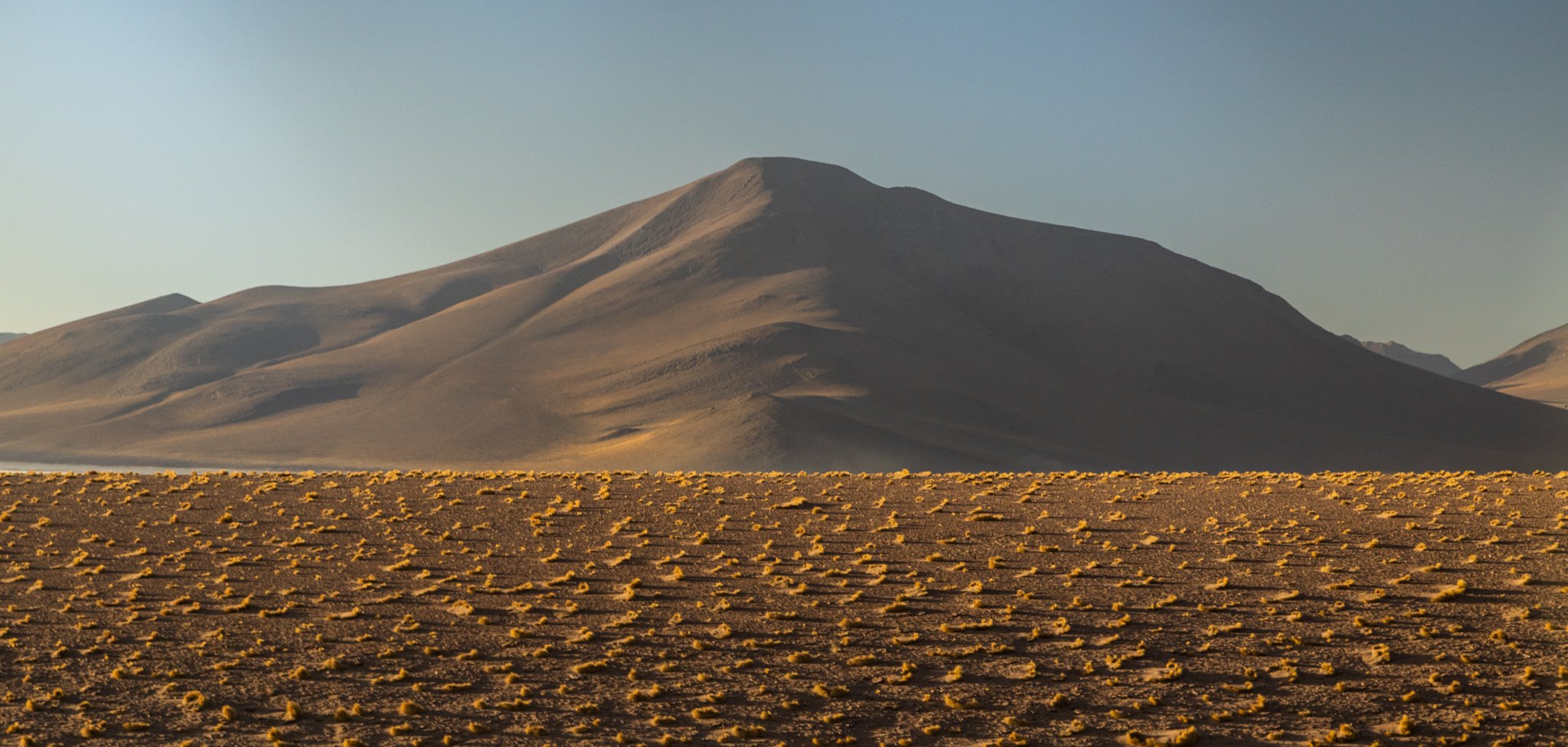
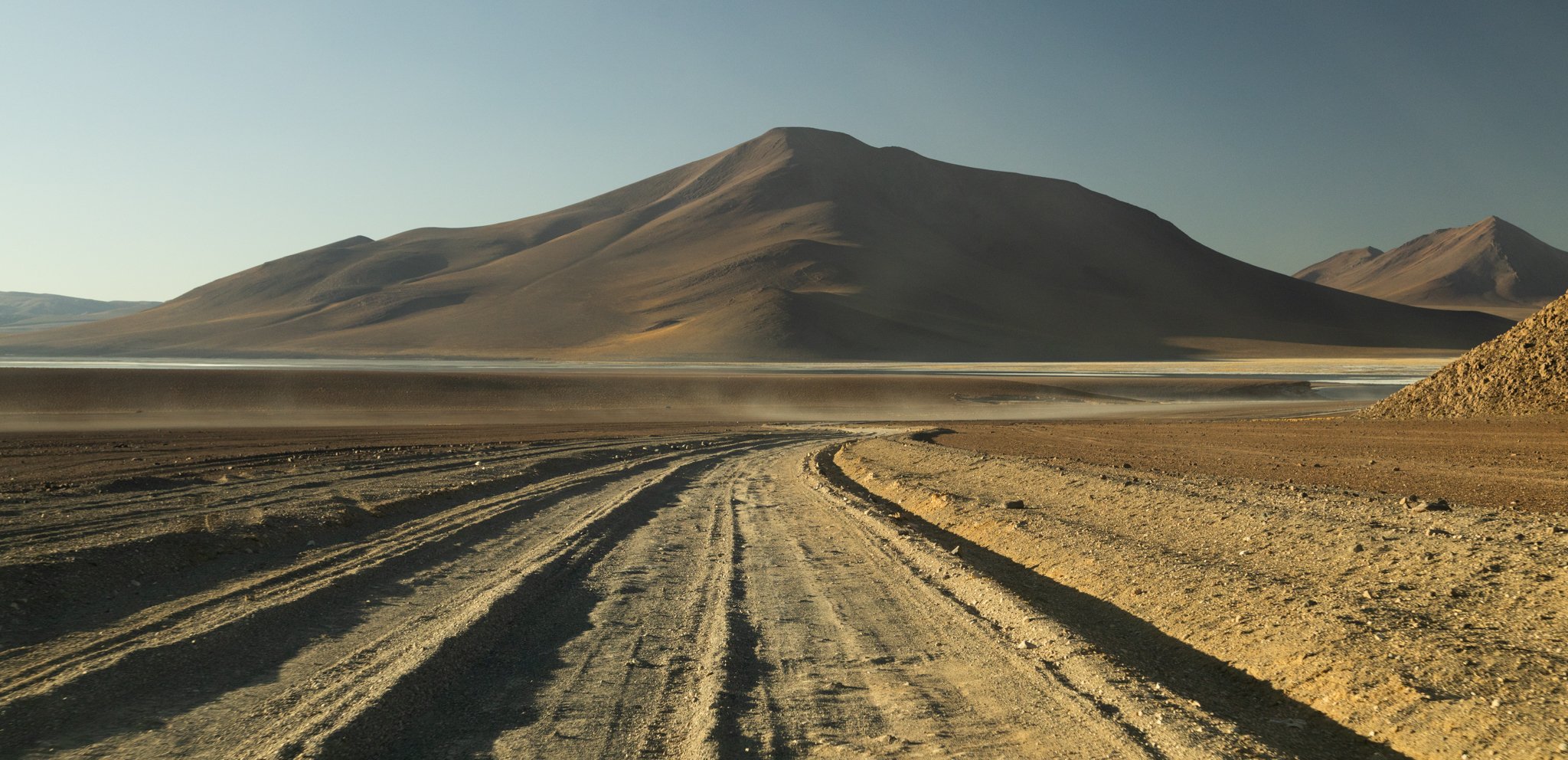
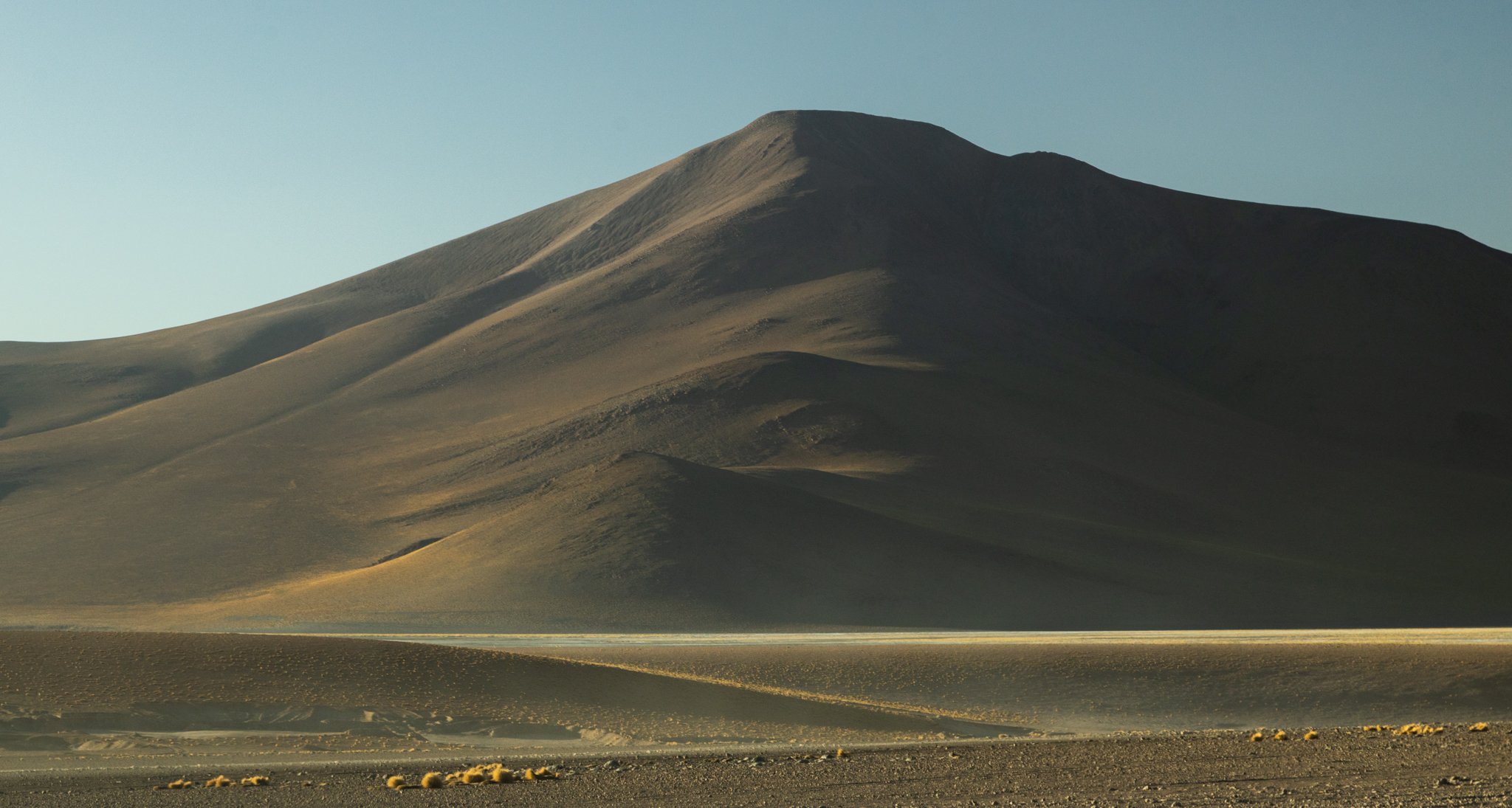
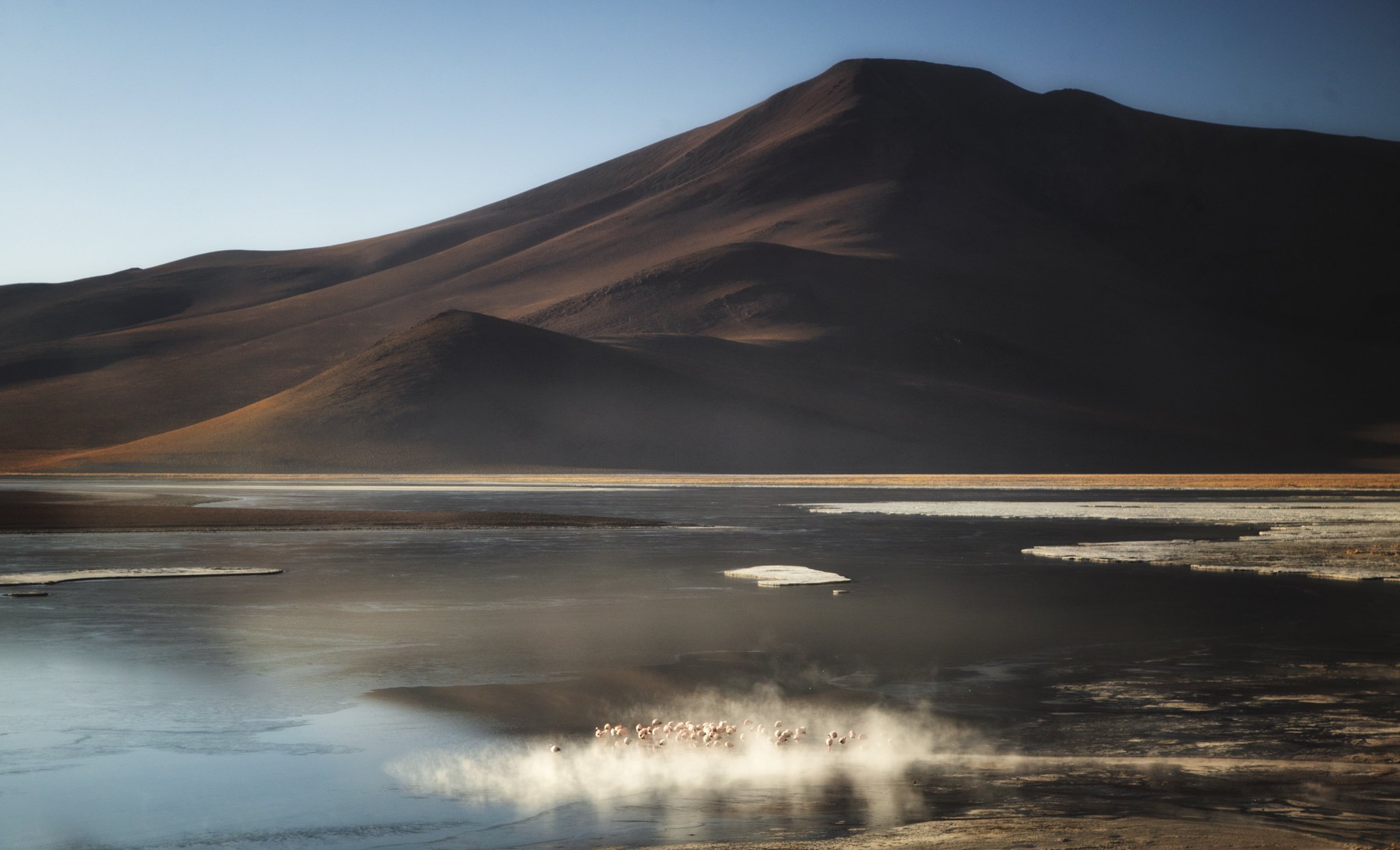
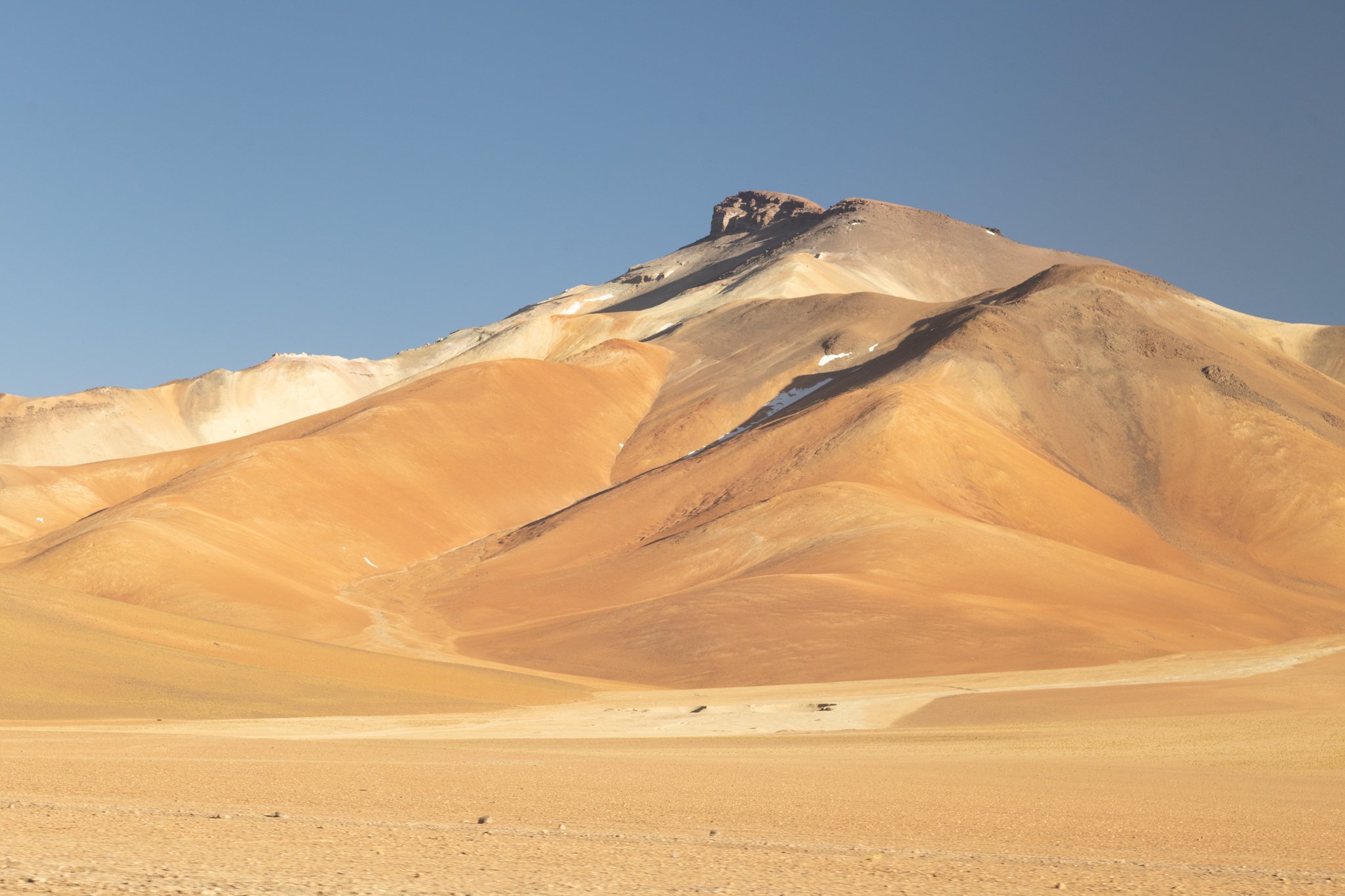
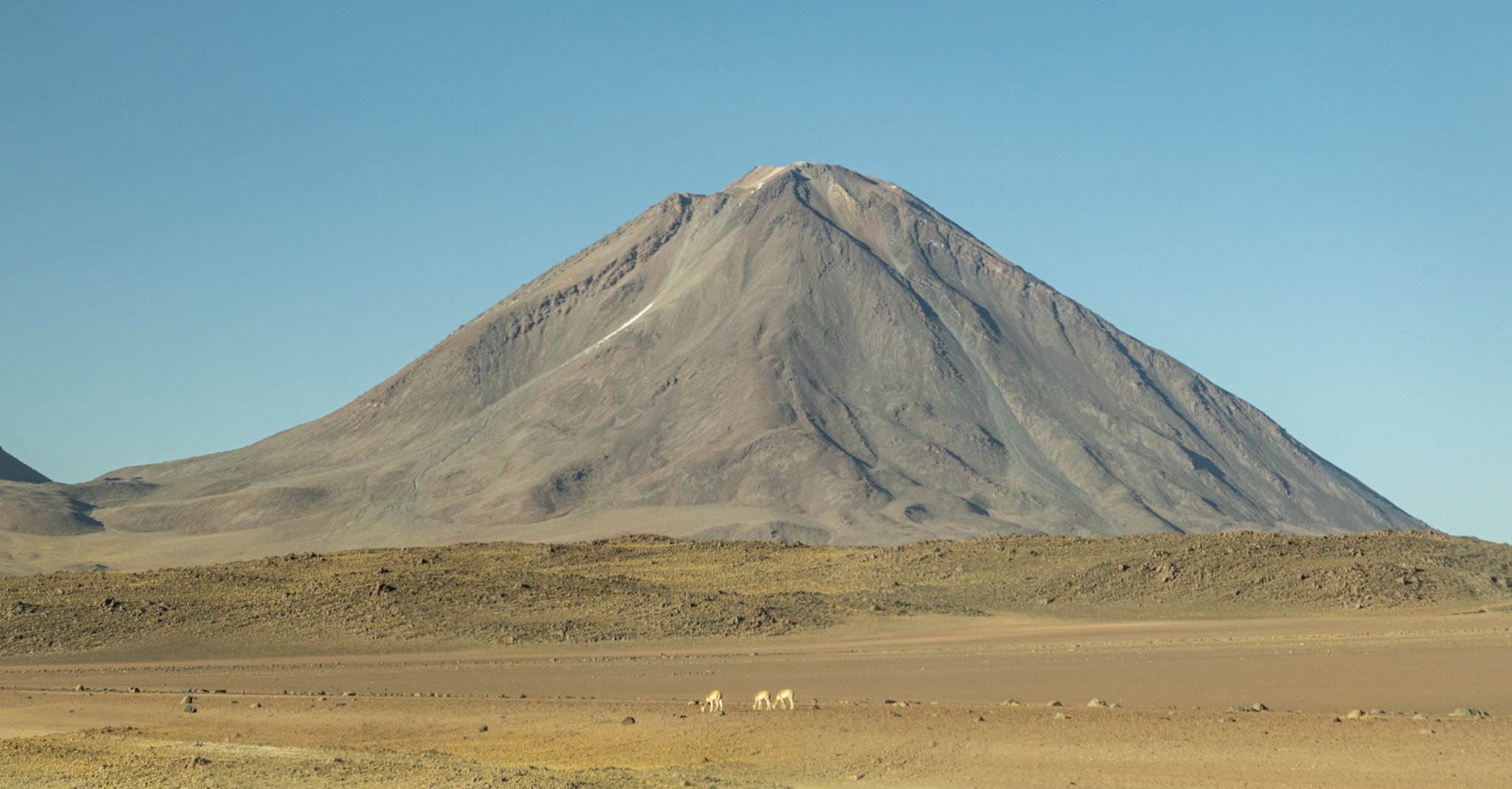
Conclusions
It was four very intense days, with surprising landscapes and remote places. The cold at night, the heat during the day and the scarcity of water bring back the memories and sensations that you are really entering a place that does not forgive ordinary people. You start to relativize and think about every comfort you have in urban life, but without ceasing to admire what the world really is: beauty and splendor.
In addition, the friendships made and the exchange with different cultures (Bolivians, Italians, North Americans, Dutch, etc...) bring a special spice to this experience!
Don't miss this place if you intend to see wonders and be alone with them. Take pictures, but at first… enjoy!

